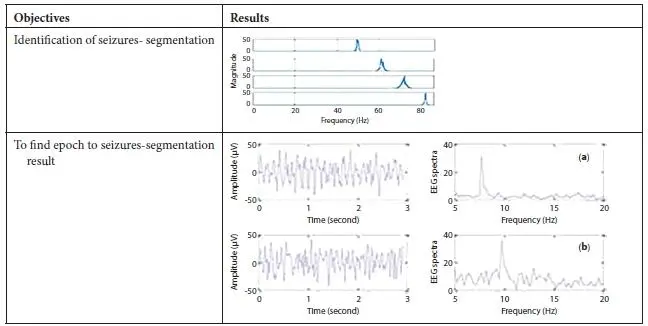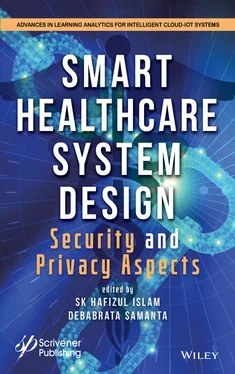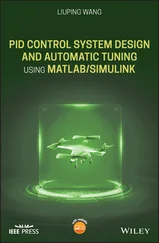1 ...6 7 8 10 11 12 ...19 2 2. Dropping one feature set at a time, repartitions the feature space into N, N − 1 feature subsets and save the accuracy of each sub set at position K in vector P along with the resulting accuracy.
3 3. Denote the index of P with the maximum accuracy as B, and drop all the features listed in P from B to N from the final feature space.
The resulting feature set P has accuracy similar to the accuracy found at position B in P. Under training and overtraining must still be taken into consideration since it can have an effect on the accuracy of a prediction.
1.4.5 Classification and Validation
The two methods in this section were developed to complement the classification algorithms and enhance their classification potential for noisy dynamical systems that change state over time.
The first method SVM, which is called Cross-Validation by Elimination, is used to classify samples by testing the amount of correlation (determined by the accuracy of classifications) each sample has to every state and then remove classes that are least correlated to improve classification accuracy. The algorithm isolates each of the classes, compares the prediction results, and then makes a final decision based on a function of the independent predictions [23, 29].
Figure 1.8is represented as EEG signal hybrid artificial neural network with support vector machine based (HANNSVM) classification, block diagram represents brain signal capture from EEG sensor with unit of hertz, artifact removed from the input signal, preprocessed data is segment, then sampled at Hz and a rectangular window function is applied [31]. An FIR filter is applied to the incoming EEG stream to decompose the incoming signals in to their respective brain waves. However, due to time constraints, only the original signals (unfiltered) are tested with the system. Next to extract the information/feature from segmented output signal. Extracted signal applied to the HANNSVM machine learning algorithm [32, 33].
This method puts testing samples that were weakly classified into classes that make accuracy. The second method, State Decision Neurons, Artificial Neural Network (ANN) is used to automatically make decisions about when to transition to the next defined state [34]. This algorithm, when used in conjunction with a set of classifiers, enables the system to make decisions based on previous predictions, a closed-loop system if you will. When there are three or more states to distinguish between in a noisy system, state decision neurons are useful in determining the appropriate moments to transition to another state. Figure 1.9completes flow of EEG proposed EEG-based classification system.

1.5 Result and Discussion
1.5.1 Result
The proposed methodology is applied by making use of PYTHONIDE on Intel(R) Core(TM) i5-2410M CPU @ 2.30 GHz and 16 GB RAM. The performance evaluation of the researcher’s proposed HCFS-Hierarchical clustering is done on particular medical field disease since it affects lifetime motion inability. The statement of facts relating to EEG data is collected from different unsorted sources in various ways.

Figure 1.8 Pseudocode for proposed EEG prediction system.
A set of experiments were performed to determine characteristics about the response of ictal EEG data to several mathematical techniques. Finally, an emulator of a system that could take in a multi-channel EEG stream and return seizure status indicators was created. Table 1.4represents EEG signal seizures proposed HANNSVM system result. The first experiment was to create and test a framework that could be used to transition between a number of states based on the predictions of HANNSVM classification algorithms [35–37]. This initial testing was done using the EEG data provided by the Stanford University Kaggle dataset. All subsequent experiments use the data provided by the Frieburg Seizure Prediction Project. This was done because it was easier to assess the accuracy of the system using several cases of seizure from the same patient. The second phase experiment focused on determining a feasible duration of the preictal state that best expose EEG characteristics that lead up to the ictal state.
Table 1.4 EEG signal seizures proposed HANNSVM system result.




In this experiment, training and testing data are unrelated and from different seizure cases, but all recorded and find the optimal feature sets that maximize the accuracy of the prediction. These experiments show the relative strength of each of the classification algorithms and also approximate the behavior of the state transitions [38, 39]. Tonic–clonic seizure activity is generally easy to see visually in an EEG as the amplitudes of the signal start to peak and a different set of frequencies are prevalent [40–42]. This served as an easy indicator of the workings of the seizure predictions system. Since there is no gold standard number of unique states to distinguish between in ictal pattern recognition, an initial guess of 5 states were defined in Table 1.5. This guess was made by visually determining sections of EEG signal that were most unique [43]. To keep any confounding variables constant, the training and testing data used were taken from the same seizure case where 80% was used as training, and 20% was used as testing (random new permutations for every classification) [44–46]. The distinction made between the Seizure Onset Period and the Preictal Period was done to determine if there was a more gradual transition between the preictal and ictal seizure states [47–49].
The results of this experiment were able to show the efficacy of the state decision neurons for making state transitions and the decision fusion which was used to improve the classification [50–53]. Also, a module was created to segment the multichannel EEG signal, apply a window function, and pass it on to the system at the appropriate time intervals. This made it possible to emulate a more realistic scenario. As a sub-study, the stepwise feature optimization algorithm is used in this experiment to determine the feature sets that result in the highest accuracy predicting the preictal state. Within the 100 s prior to seizure onset, time frame was given to localize the preictal state to a region of time that was not unreasonably short or long, but just enough for seizure intervention methods to be successfully executed [54–56].
Table 1.5 Initially defined epileptic states.
| State |
Epileptic state |
| 1 |
Normal, calm |
| 2 |
Seizure onset period |
| 3 |
Preictal |
| 4 |
Medium seizure state |
| 5 |
Full seizure state |

Читать дальше



















